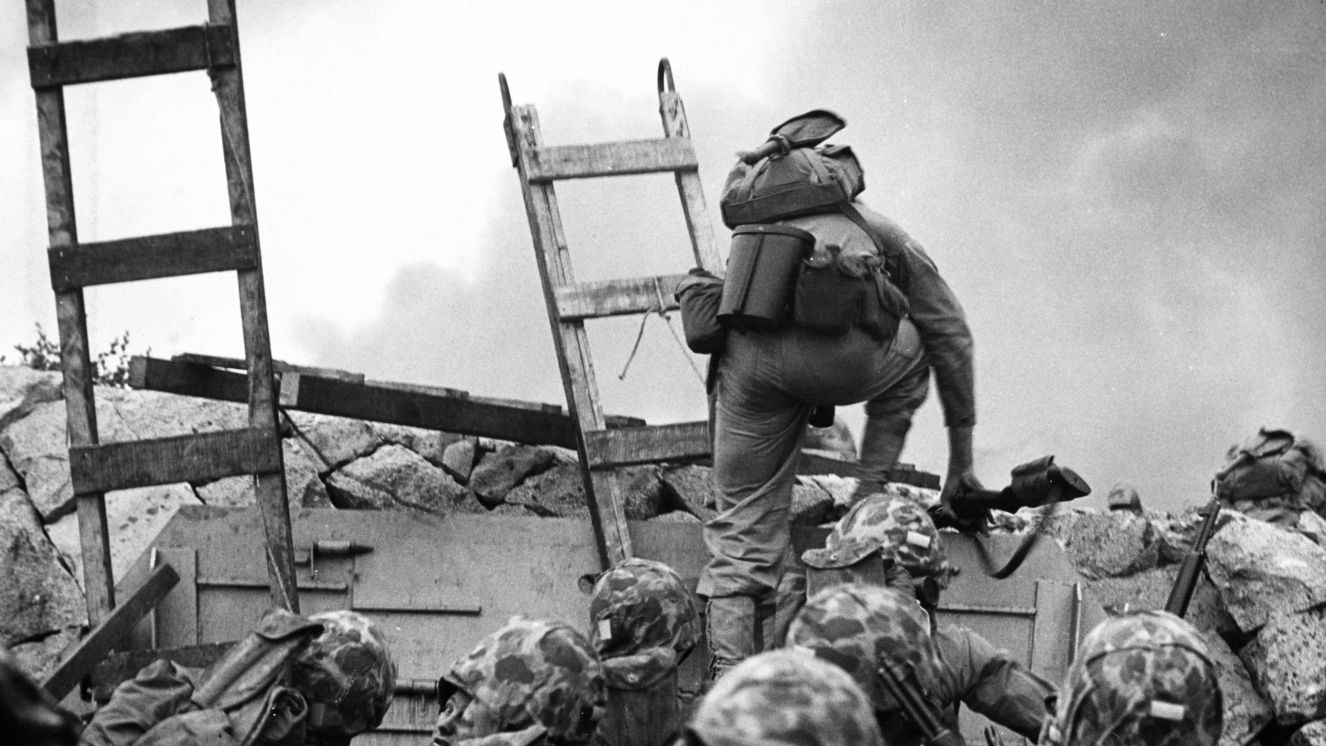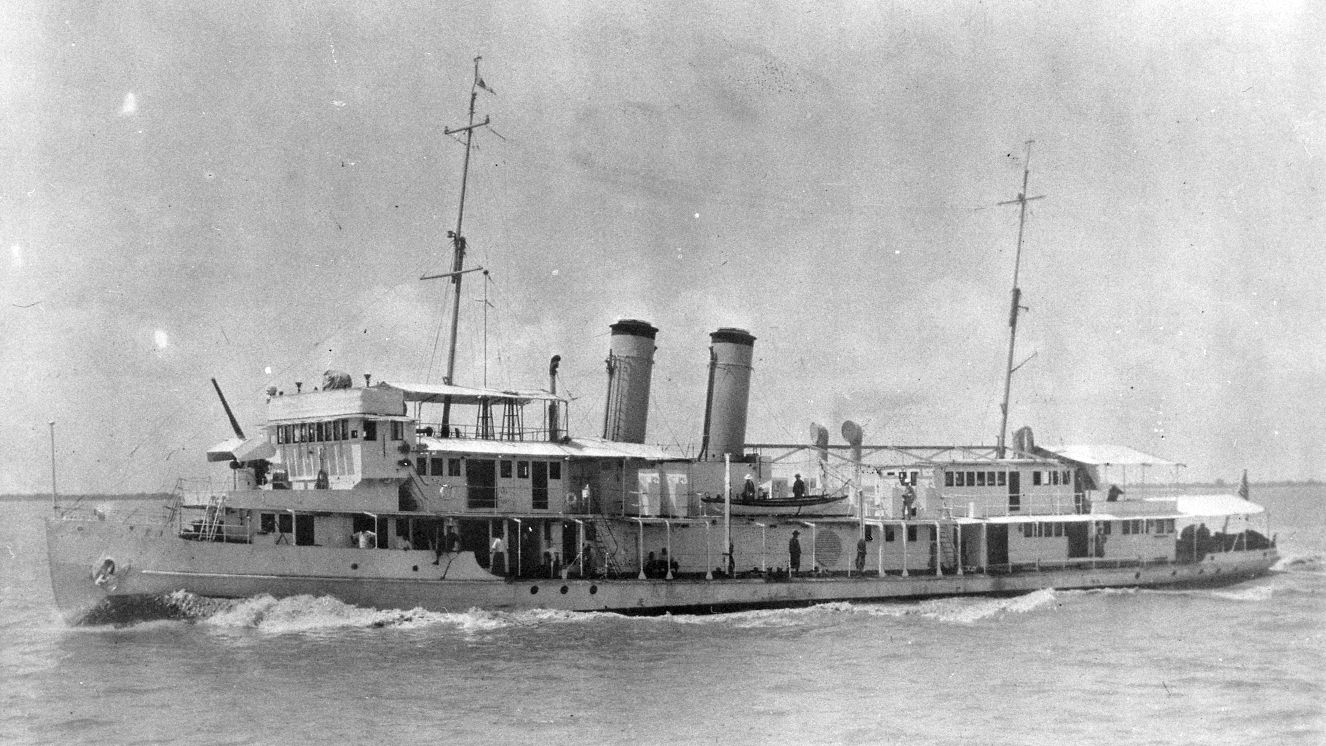CIVIL WAR: UNVEILING EIGHT ASTONISHING HISTORICAL FACTS

During the American Civil War, our nation was tested unlike anything else it had ever seen. The fight was not only for the Union's existence but also for America's identity, where the concepts of equality and freedom were fought for bravely. The result would ultimately end with slaves being free, although this still took a bit longer in Galveston, and the United States would also reunite.
Future civil rights movements followed this historic event, and what was fought for by the American Civil War soldiers has forever changed the country's social and political climate. Sadly, the conflict cost 618,000 to 620,000 people their lives. Here are several Civil War facts that still intrigue us about our nation’s bloodiest conflict.
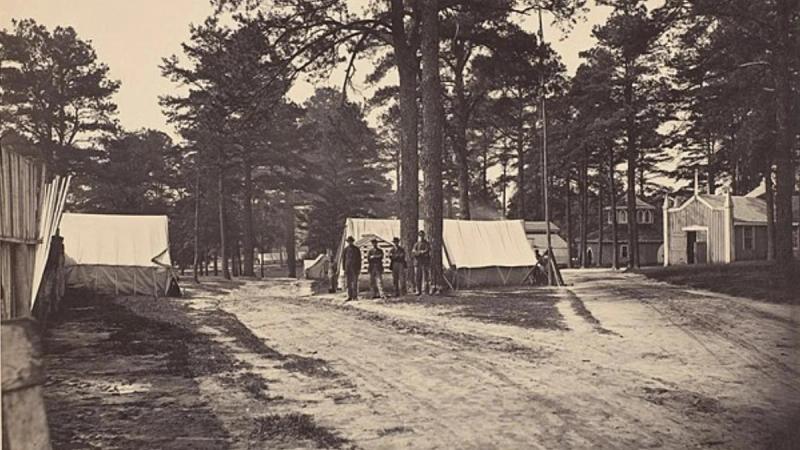
Civil War Causes: Complex Historical Factors
When it comes to Civil War facts, you’d think that pinpointing the reason for the conflict would be set in stone, and yet, you’d be wrong. Depending on who you ask, the Civil War took place because of state rights or slavery, and the truth is a bit more complex than that–on both sides.
The Confederacy’s Reasons for Secession
Most teachers and classrooms throughout the United States teach that state rights were the reason for secession by the Confederacy.
This might be partially true, but delivering it as unparalleled facts about the Civil War doesn’t tell the entire truth. The states cared about slavery a lot. South Carolina even went against the idea of state rights when they conflicted with keeping slaves when it declared it was leaving the United States.
Texas, the same state that shaved off part of its land to keep slaves, declared that “the African race had no agency in their establishment” and stated other racial comments to uphold exclusive power among whites.
It’s also worth noting that the Southern states were also in need of money. This also ties into the strong reluctance to get rid of free labor.
Why the Union Wanted to Reunite
Confederate Civil War facts aren’t the only ones often overly simplified. The Union has its own misconceptions. Often seen as heroes who went to war to free Blacks from the bondage of slavery, this isn’t really the entire truth either.
Sure, the North was much more on board with the idea, but President Lincoln, while against slavery, was more focused on keeping the nation together: "I have no purpose, directly or indirectly, to interfere with the institution of slavery in the States where it exists. I believe I have no lawful right to do so, and I have no inclination to do so," said President Abraham Lincoln.
Also, it’s worth noting that the Union didn’t have a lot of money either. Reuniting was important for the government’s pocketbooks.
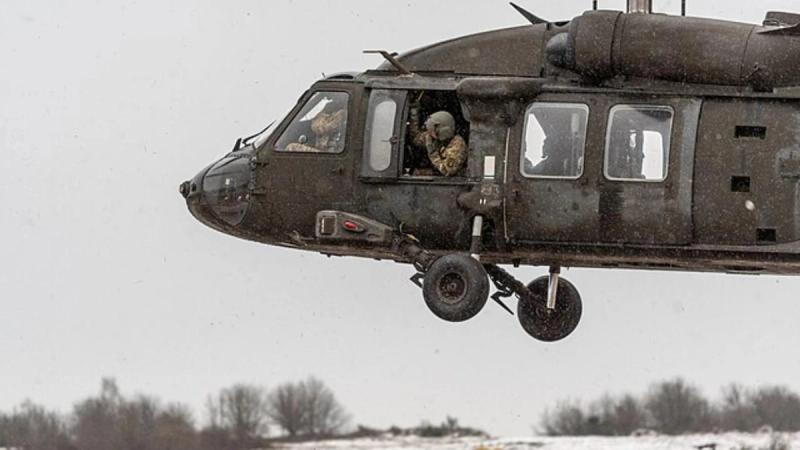
Civil War Balloon Corps: Early Aerial Reconnaissance
One of the more interesting facts about the American Civil War is that it is attributed to World War I. While the Great War indeed brought aerial combat to the world like never before, the U.S. and Confederacy had already taken to the skies for a tactical advantage.
Despite airplanes not being invented for another 42 years, both sides of the Civil War used hot air balloons to spot enemy troops and artillery. This early entry of aerial warfare involved balloons like the Intrepid and Union for the Union Army and the Gazelle for the Confederacy flying as high as 1,000 feet to provide a clear view for miles.
The Union Army even had a Balloon Corps, created by Thaddeus S. C. Lowe, which used gas-filled balloons for reconnaissance. These balloons were used in key battles, including the First Battle of Bull Run, the Siege of Yorktown in 1862, the Battle of Fair Oaks, and the Siege of Vicksburg.
Virginia House Constructed from Civil War Tombstones
In Virginia, the Siege of Petersburg raged on for more than nine months during the Civil War. It was the longest event of the entire conflict. This unsurprisingly resulted in tens of thousands of casualties; however, when some of these fighters were laid to rest, they ended up going through many changes throughout the years.
Many fighters were buried at Poplar Grove National Cemetery in the aftermath. As a result, their graves were marked with wooden markers that eventually would rot away.
The government decided to replace them with marble headstones; however, maintaining the area became a problem during the Great Depression. Times were hard in the Old Dominion. In an attempt to save money, the city cut the tombstones in half and laid the engraved tops flat on the ground.
The bottom halves of 2,200 tombstones were sold for $45 to Oswald Young, who used them to build his house, chimney, and walkway.
Want to add one of the Civil War facts to your to-do list? These unique artifacts still adorn the Tombstone House today. You can respectfully visit by setting your GPS to the address below.
Address: 1736 Youngs Rd, Petersburg, VA 23803

Civil War Pension Benefits Ending in 2020
$73.13. That’s how much the United States was paying someone since the conclusion of the Civil War because of a pension benefit.
Her name was Irene Triplett, and her father was a Confederate fighter who deserted before joining the Union to fight for the United States. Section 1532 of Title 38 of the U.S. Code would entitle Irene to veteran benefits due to her father, Mose Triplett, serving.
Sadly, Irene’s life was not ideal, and she faced many hardships and challenges socially, economically, and from a health standpoint. Nevertheless, she was eligible for these benefits until her death in 2020, earning the title of the last person to be known as a Civil War beneficiary.
Glow-In-The-Dark Warfighters: Civil War Medical Phenomenon
The Battle of Shiloh took place on April 6, 1862. However, it wasn’t until 2001 that we began to understand one of the strangest Civil War phenomena. Death was a common occurrence for both sides, as were wounds.
As a result, some of those who were suffering from wounds began experiencing what would be called an Angel's Glow. Wounded fighters were lying in muddy fields and noticed a greenish-blue glow in the dark appearing by their wounds.
This brings us to the most interesting of the Civil War facts: glow-in-the-dark Soldiers. Today, we believe that these glows were bioluminescent bacteria, known as Photorhabdus luminescens, which live inside of the worms that may have been present at the time.
This discovery came to be after a high school student, Bill Martin, took a battleground tour and worked with a friend and his mom, a microbiologist, to discover why. The Civil War fact they would uncover may seem a bit uncomfortable and gross at first; however, the bacteria would have actually increased the chances of survival for anyone lucky enough to glow.
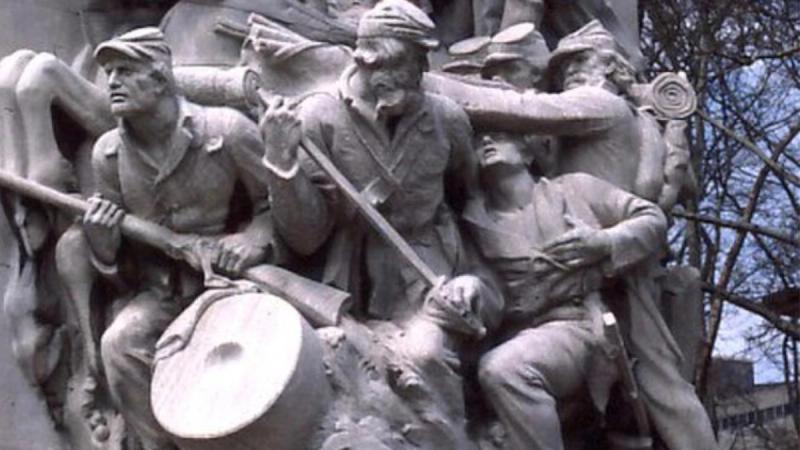
Union Army Composition: Immigrant Soldiers
The Union army is multicultural and even more international than one would expect from an internal American conflict. Although we frequently hear about Irish soldiers (who made up 7.5% of the army), 10% of the Union's ranks were Germans, who marched off in regiments like the Steuben Volunteers.
There were also French, Italian, Polish, English, and Scottish immigrant soldiers. Actually, a majority of foreigners made up one out of every four regiments. According to some academics, the decision to allow Blacks to enlist in the Union Army in 1863 may have changed the course of the conflict.
Black Union Soldiers: Wage Protests and Inequality
In early 1863, Black soldiers who enlisted in the Union Army were paid $10 per month. Officers received higher wages than white soldiers, who were paid at least $13. Only Black soldiers were subject to a $3 monthly clothing fee, which reduced their income to $7, further devaluing their sacrifices during the war.
The highest-paid Black soldier's pay was almost half that of the lowest-paid white man. Black regiments protested these conditions by refusing to accept their lower pay. They refused their salaries for 18 months until their concerns were heard by Congress.
In the end, Congress changed the pay structure due to criticism from abolitionist politicians and the courage displayed by Black union soldiers on the battlefield. Black soldiers were granted equal pay retroactive to the date of enlisting in September 1864. For a lot of people, this meant they were finally able to send some money home to their relatives.
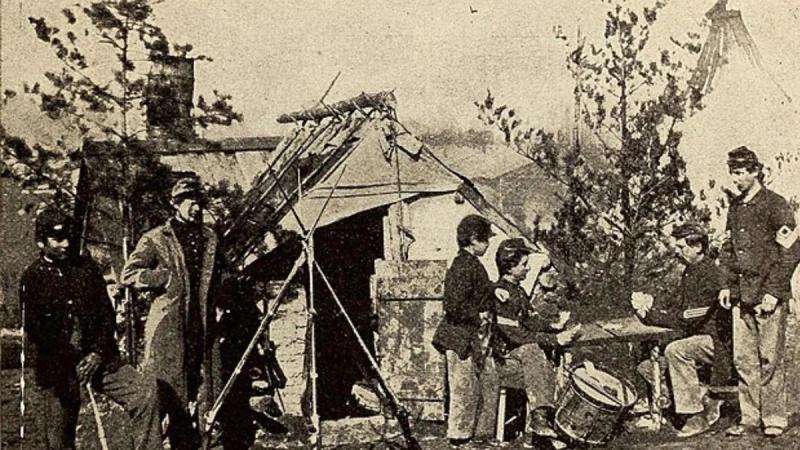
Civil War Mortality: Impact of Disease on Soldiers
Approximately 625,000 men perished in the Civil War, more Americans than in World War I, World War II, the Korean War, and the Vietnam War combined. If the names of the Civil War dead were placed like the names on the Vietnam Memorial, it would stretch almost 10 times the wall’s length. Six million men today would have died, or two percent of the population.
Disease was far more deadly than rifles, which were by far the deadliest weaponry in the conflict. When armies gathered in 1861, men who had previously been isolated to prevent infection marched shoulder to shoulder and slept next to each other in unventilated tents. Childhood illnesses like measles, chicken pox, and mumps were bred in camps. Over 1.3 million Union soldiers were infected with malaria, and epidemics were common all over the country.
We hope that you enjoyed reading more about these surprising Civil War facts. Be sure to share your newfound Civil War knowledge with friends and family.
Suggested reads:
BY BUDDY BLOUIN
Buddy Blouin is a Contributing Writer at VeteranLife.com
Buddy Blouin is a Contributing Writer at VeteranLife.com
